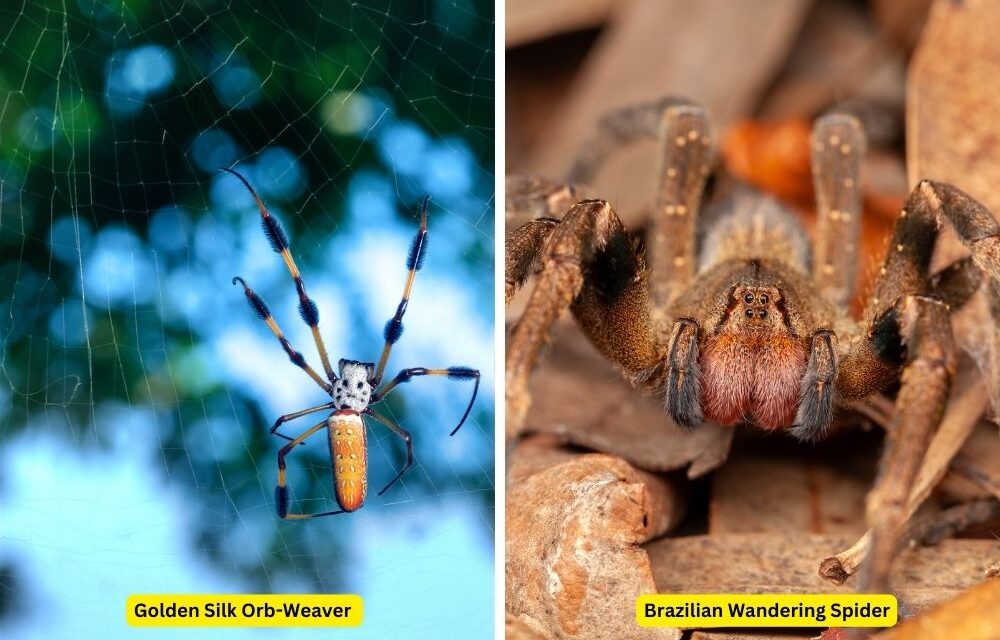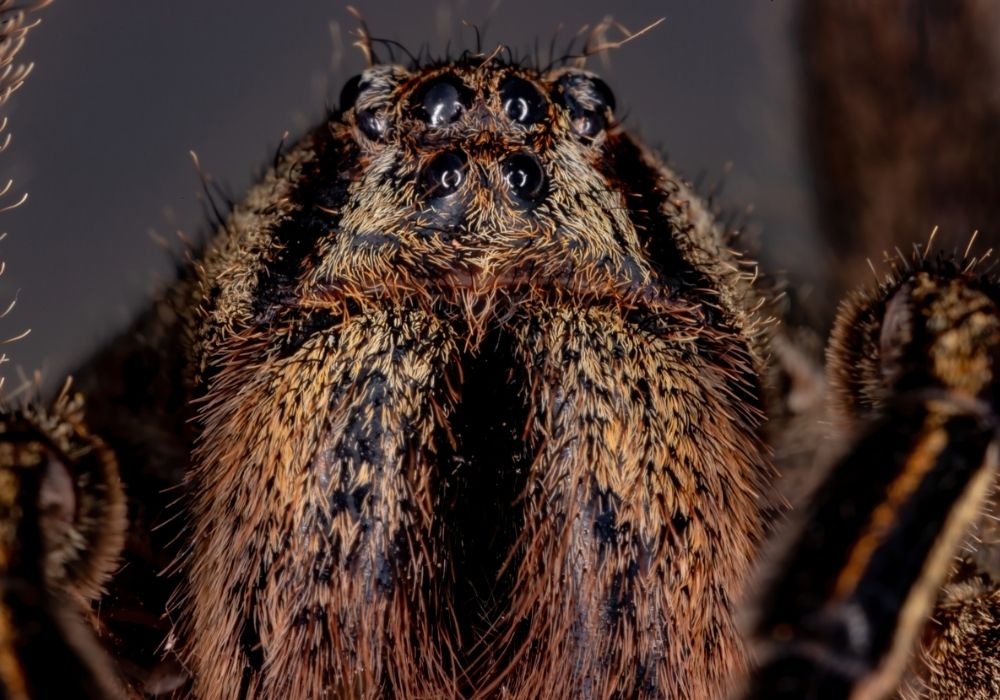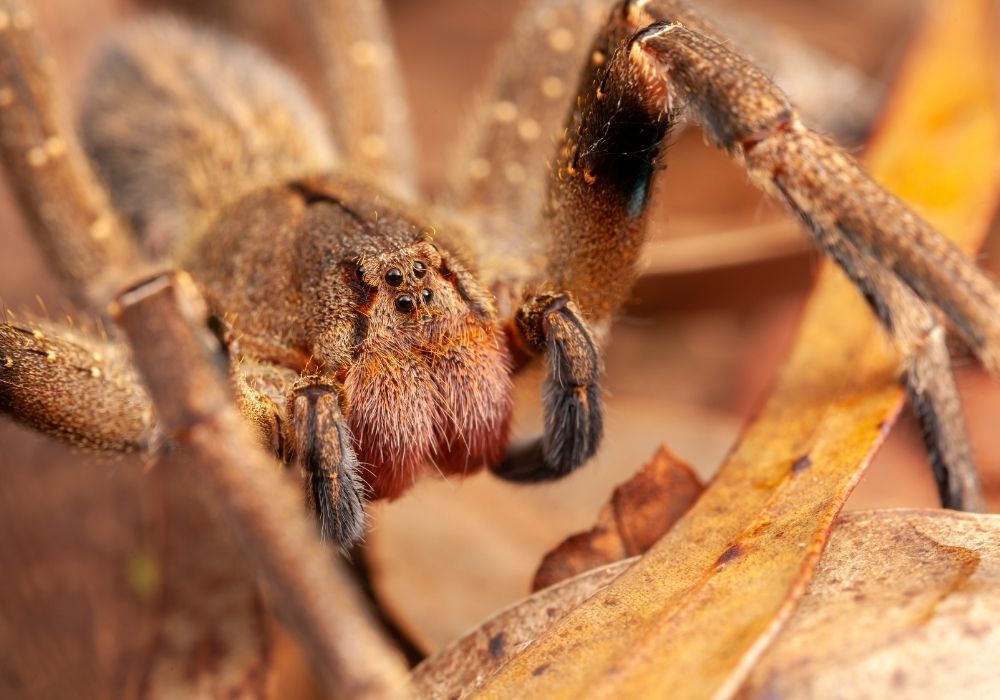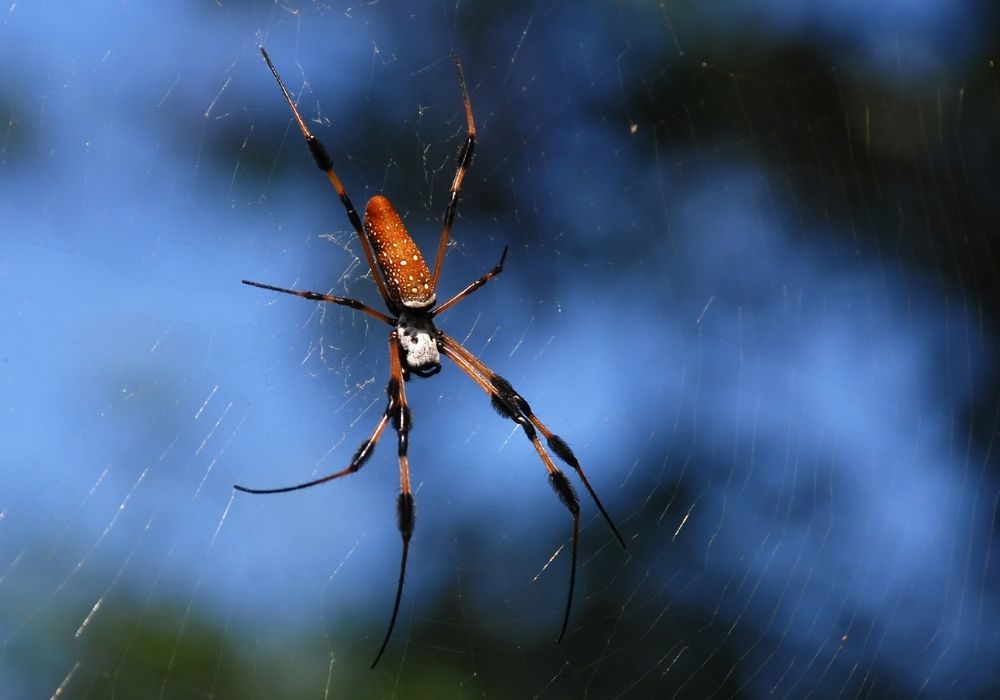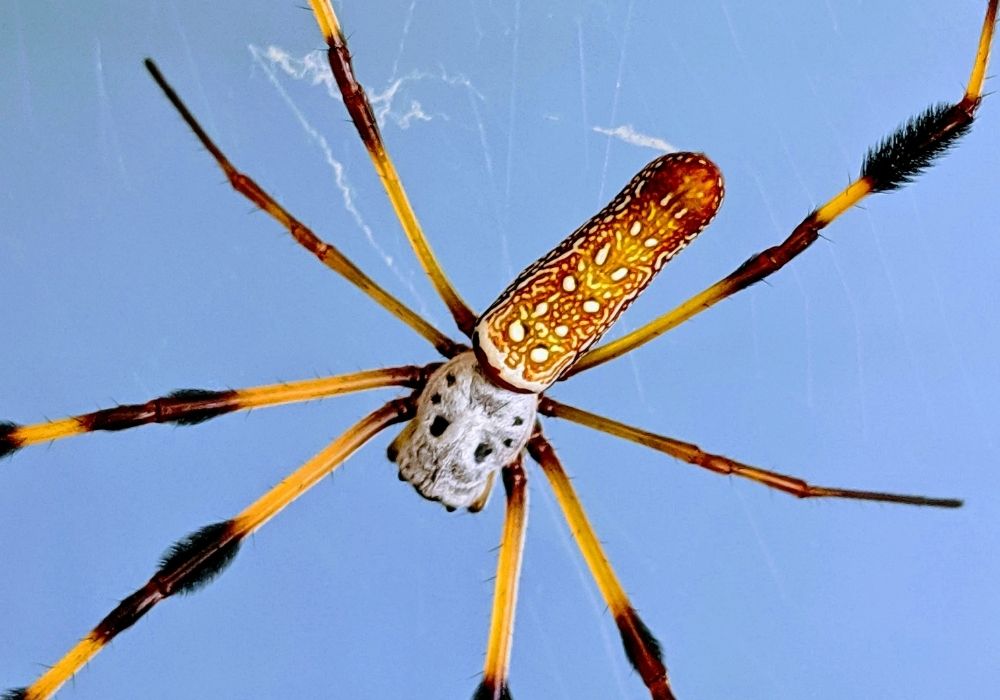Banana spiders have long been the subject of intrigue and curiosity, often giving rise to misconceptions and urban legends. The term “banana spider” is commonly used to describe two different species of spiders: the Brazilian Wandering Spider (Phoneutria spp.) and the Golden Silk Orb-Weaver (Nephila spp.).
In this article, we will explore the unique characteristics of both species, dispel the myths surrounding them, and delve into the fascinating biology that sets them apart from other spiders.
Brazilian Wandering Spider: The Lethal Hunter
One of the most notorious species associated with the name “banana spider” is the Brazilian Wandering Spider. These spiders are native to Central and South America and belong to the family Ctenidae. They are known for their potent venom, which makes them one of the most venomous spiders in the world.
The venom of the Brazilian Wandering Spider can cause severe pain, sweating, and difficulty breathing in humans. However, fatalities are rare due to the availability of antivenom.
Brazilian Wandering Spiders are called “wandering” spiders because they actively hunt for prey rather than building webs. They are nocturnal hunters that primarily search for their meals at night, feeding on insects and small vertebrates. Contrary to popular belief, these spiders are not typically found in banana shipments. Their presence in such shipments is exceedingly rare, and the risk of encountering one in a grocery store is minimal.
Golden Silk Orb-Weaver: The Architect of Golden Webs
The other spider commonly referred to as a “banana spider” is the Golden Silk Orb-Weaver. These spiders are found in warmer regions around the world and belong to the family Nephilidae. They are known for their large size and striking appearance, with brightly colored bodies that often feature yellow or gold markings.
Golden Silk Orb-Weavers are named for the impressive, large orb-shaped webs they create, which are made of golden silk. This silk is both strong and elastic, and its potential applications in various industries, including medicine and textiles, have been widely researched. Unlike the Brazilian Wandering Spider, Golden Silk Orb-Weavers are not considered dangerous to humans. Their venom is relatively mild, typically causing only minor discomfort.
| Brazilian Wandering Spider | Body length up to 2 inches, hairy legs, and patterned abdomen | Central and South America | Highly potent, dangerous to humans | Active nocturnal hunters | No webs, actively hunts prey |
| Golden Silk Orb-Weaver | Large size, bright colors, often with yellow or gold markings | Warmer regions worldwide | Mild, not dangerous to humans | Relies on webs to catch prey | Large, orb-shaped webs made of golden silk |
The term “banana spider”
The term “banana spider” can be misleading, as it encompasses two very different species of spiders with distinct appearances, behaviors, and levels of danger to humans.
The Brazilian Wandering Spider and the Golden Silk Orb-Weaver are fascinating creatures, each with their own unique adaptations and characteristics. By unraveling the myths and understanding the facts about these spiders, we can appreciate the incredible biodiversity of the arachnid world and the important roles they play in their respective ecosystems.
Related: 5 Amazing Banana Pudding Recipes
Frequently Asked Questions About Banana Spiders
Are banana spiders dangerous to humans?
While Brazilian Wandering Spiders are considered dangerous due to their potent venom, Golden Silk Orb-Weavers are not harmful to humans, as their venom is relatively mild.
Can I find a banana spider in a grocery store?
The likelihood of encountering a Brazilian Wandering Spider in a grocery store is extremely low, as they are rarely found in banana shipments.
What do banana spiders eat?
Brazilian Wandering Spiders actively hunt insects and small vertebrates, while Golden Silk Orb-Weavers catch prey in their large orb-shaped webs, typically feeding on insects.
What is the difference between a Brazilian Wandering Spider and a Golden Silk Orb-Weaver?
The primary differences lie in their appearance, venom potency, and hunting strategies. Brazilian Wandering Spiders are highly venomous and actively hunt for prey, while Golden Silk Orb-Weavers are not dangerous to humans and rely on their webs to catch food.
Can I find Golden Silk Orb-Weavers in my backyard?
If you live in a warmer region, it is possible to find Golden Silk Orb-Weavers in your backyard, as they are known to inhabit such areas.
Why is the silk of the Golden Silk Orb-Weaver golden?
The golden color of the silk is due to the unique molecular structure of the proteins, which give it its distinctive hue.
Are there any medical or industrial uses for the silk of the Golden Silk Orb-Weaver?
Yes, the silk has been researched for potential applications in various industries, including medicine and textiles, due to its strength and elasticity.
What should I do if I’m bitten by a Brazilian Wandering Spider?
If you suspect you’ve been bitten by a Brazilian Wandering Spider, seek immediate medical attention. Antivenom is available to counteract the effects of the venom.
How can I identify a Brazilian Wandering Spider?
Brazilian Wandering Spiders have a distinctive appearance, with a body length of up to 2 inches, hairy legs, and a pattern on their abdomen that resembles a face.
How large are the webs of Golden Silk Orb-Weavers?
The webs of Golden Silk Orb-Weavers can span several feet in diameter and are known for their impressive size and strength.
We’d love to hear your thoughts on these captivating banana spiders! Are you amazed by their unique characteristics, or do they still give you the creeps? Share your opinions and experiences in the comment section below. Let’s get a lively discussion going about these intriguing arachnids!

